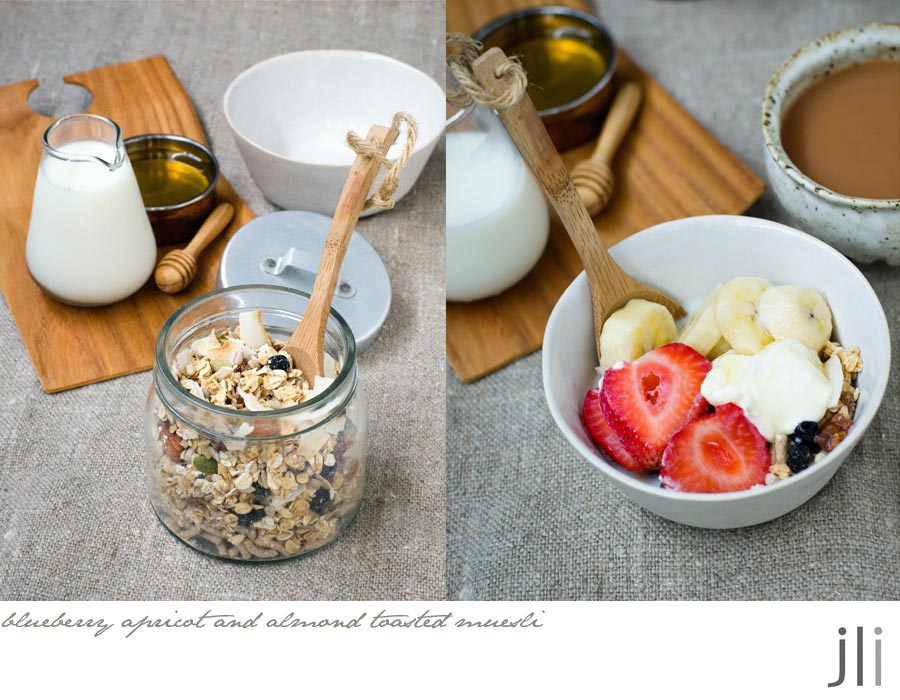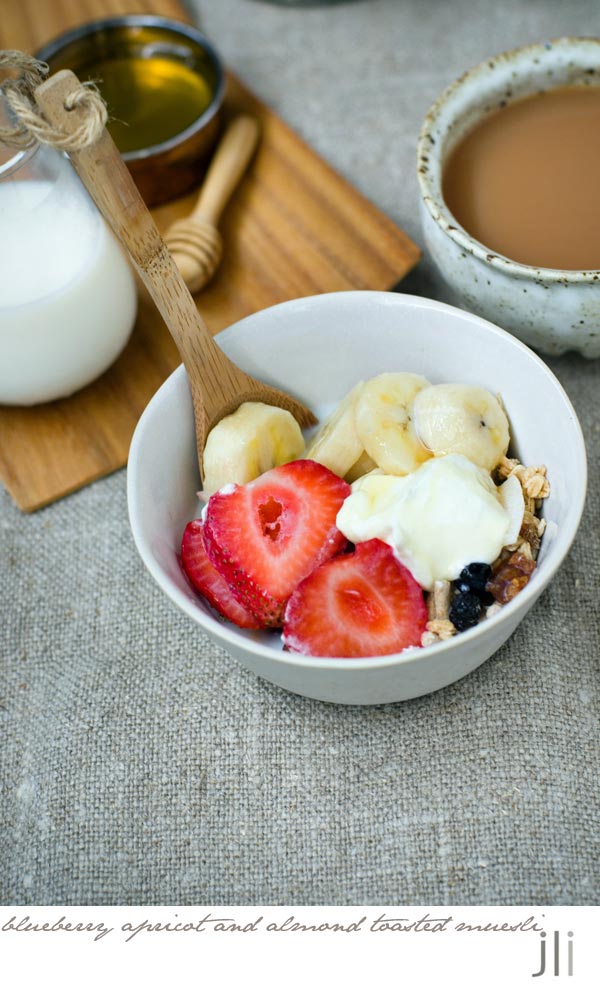Australia Day is just around the corner and every year I like to play around with that Australian classic, the lamington. In the past I've made lamington gelato, lamington layer cakes, lamington cupcakes, classic lamingtons and lamingtons soaked with buttermilk pannacotta.
So what did I do this year? I made chocolate lamington cupcakes which I soaked in a vanilla syrup then sandwiched with raspberry jam and a cloud of vanilla flavoured whipped cream. It's the lamington you didn't even know you needed. There is no need to thank me.
The cake element is a chocolate Victoria sponge and the cake is quite delicate. You'll need to start this recipe the day before serving to allow the cakes time to cool and firm up prior to icing. Once the icing has dried, the cakes are split and filled. If you don't feel like going to all the effort, I'm sure the cupcakes would still be delicious just iced and decorated with coconut.
Here's the recipe for you which makes 11 friand size cupcakes or 12 muffin size cupcakes. For all my recipes I use a 250
ml cup, a 20 ml tablespoon, unsalted butter and 60 g eggs. My oven is a
conventional oven so if you have a fan-forced oven you may need to reduce the
temperature by 20°C. Remember its best to bake the cakes the day before icing or they might crumble.
Cake
135g self-raising flour
20g Dutch process cocoa
½ tsp baking powder
Pinch salt
150g unsalted butter, softened
150g caster sugar
1 tsp vanilla extract
2 room temperature eggs, lightly beaten
¼ cup (60 ml) buttermilk
Vanilla Syrup
50g sugar
50mls water
½ tsp vanilla bean paste or ½ vanilla bean, seeds scraped
Chocolate Dip
5g (1 tsp) butter
30g (1oz) dark chocolate, coarsely chopped
1 cup (150g) sifted icing sugar
12g (1½ tbs) Dutch process cocoa, sifted
½ tsp vanilla extract
¼ cup (60 ml) milk
To decorate
½ cup of desiccated or shredded coconut
Filling
½ cup of raspberry jam
300 mls cream, softly whipped with ½ tsp vanilla bean paste and 3 tsp caster sugar
Cakes
Pre-heat the oven to 180°C conventional and grease and dust the holes of a friand tray with cocoa. I like to place a small square of baking paper in the base of each friand hole.
Sift the flour, cocoa, baking powder and salt together into a small bowl and set to one side. Using a stand mixer or hand held beaters, cream together the butter, sugar and vanilla until the mixture is light in colour and fluffy.
Gradually incorporate the beaten eggs and mix until combined. Add one third of the flour mixture to the batter and mix until just combined. Add half the buttermilk and mix well. Repeat until all the ingredients are just incorporated.
Divide the batter evenly between the tins and level the tops. Bake for 20-25 minutes or until the cakes bounce back when pressed lightly, or a skewer inserted into the top of the cake comes out clean. Leave to cool in the tin for 15 minutes before turning out onto a rack to cool completely. When cool, place in an airtight container then chill the cakes overnight in the fridge. This will help firm the cakes and make them easier to handle when icing.
Vanilla Syrup
Place the sugar and water into a small saucepan. Place over a medium heat and stir to dissolve the sugar. Bring the mixture to a boil then lower to a simmer and simmer for 2-3 minutes or until the mixture has slightly thickened. Take off the heat and stir through the vanilla bean paste or vanilla pod and seeds. Allow to cool completely before using.
Chocolate Dip
Melt the butter and chocolate in a medium heatproof bowl over a saucepan of simmering water. Stir sifted icing sugar and cocoa into the chocolate. Add the vanilla extract and enough milk to make an icing of a coating consistency. If the icing thickens too much thin it out with a little more milk or water or you can zap it in the microwave for about 20 seconds on high.
Method
Dip each cake into the chocolate icing covering the top and sides. Place on a wire rack over a tray to catch any drips then sprinkle the top of each cake with the desiccated coconut. Repeat with the remaining cakes and allow the icing to set.
Assembly
When the icing has set, slice each cake horizontally through the centre using a sharp knife. Using a pastry brush gently dab each cake half with a little of the vanilla syrup letting the syrup absorb completely before filling the cake.
Spread the bottom half of each cake with a generous amount of jam then dollop or pipe the vanilla cream over the jam before sandwiching with the top half of the cake. Repeat the process with all the cakes then refrigerate until serving time.
Even though I'm now back at work, I shared most of the cupcakes with my neighbours and they were pronounced delicious. Chocolate sponge, raspberry jam and cream. How could you go wrong?
See you all again next week with some more baking from my kitchen.
Bye for now,
Jillian

























